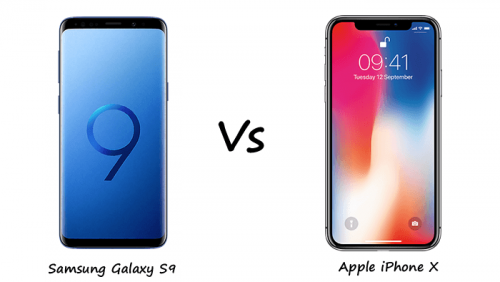Samsung has taken the lid of its latest flagship smartphone, the Samsung Galaxy S9. With the iPhone X launching late last year, the battle for the 2018 king of smartphones can now commence.
So how is the Samsung Galaxy S9 shaping up in comparison to the mighty iPhone X? Will it provide better value than Apple’s £1000 all-screener?
Let’s compare the specs and see if we can find an answer.
Design
Samsung Galaxy S9 (147.7 x 68.7 x 8.5mm) vs iPhone X (143.6 x 70.9 x 7.7mm)
Apple famously ditched the conservative design language of its recent phones with the iPhone X, creating a landmark all-screen device with a shiny stainless steel body and glass rear.
It’s a truly beautiful phone that looks and feels its price. with a considerable sense of heft for its petite dimensions. Indeed, while it’s considerably shorter and slimmer than the Galaxy S9, the iPhone X weighs almost 10 grams more.
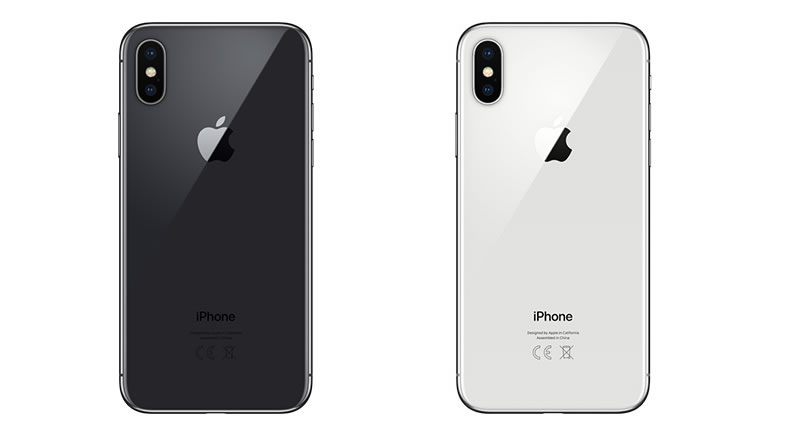
Of course, Samsung came to its own jewel-like, all-screen design conclusion way before Apple with last year’s Samsung Galaxy S8. That perhaps explains why the Galaxy S9 doesn’t quite wow as much as the iPhone X, because it’s an essentially familiar design.
The Galaxy S9’s dual-curved display might be a familiar flourish - one that actually dates back to 2015’s Samsung Galaxy S6 Edge - but it’s still a beautiful phone to behold. It’s hardier than it looks too, with the S9’s IP68 rating making it more water resistant than the IP67-certified iPhone X.
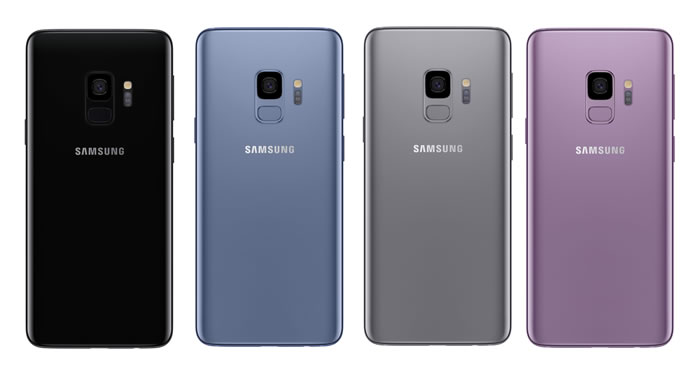
In terms of colour options, the Galaxy S9 will be available in midnight black, coral blue and lilac pink, while some countries will also get a titanium grey option. The iPhone X comes in a choice of Silver and Space Grey.
Display
Samsung Galaxy S9 (5.8-inch 2960 x 1440 Curved AMOLED) vs iPhone X (5.8-inch 2436 x 1125 AMOLED)
The headline feature of the iPhone X is its front-filling display. Not only is it the biggest smartphone display Apple has ever used at 5.8-inches, but it’s also the sharpest at 2436 x 1125 (458 pixels per inch).
It’s also the most vibrant iPhone display ever, as it’s the first to use AMOLED display technology. Alongside an identical size, this is one of the things that brings the X close to the Galaxy S9 in a direct comparison.
The Samsung Galaxy S9 also uses a 5.8-inch (Super) AMOLED display, but it’s a sharper example at 2436 x 1125 and 570ppi.
On paper Samsung seems to win this round, but it’s not that simple. In a straight quality comparison, most reviewers agreed that the iPhone X display beat the Galaxy S8’s for brightness, viewing angles and contrast. The Galaxy S9 needs to improve if it’s to take the display crown back.
Neither phone offers a straight-forward, square-edged canvass for content. The iPhone X has prominently curved corners and a divisive notch that eats into the top of the display, while the Galaxy S9 has those curved side-edges which similarly split opinion.
Power
Samsung Galaxy S9 (octa-core Exynos 9810 4GB RAM) vs iPhone X (hexa-core A11 Bionic 3GB RAM)
The A11 Bionic CPU that powers the iPhone X turned out to be considerably more powerful than last year’s Galaxy S8. It remains to be seen how it will stack up to the custom Exynos 9810 chip in the Galaxy S9, but preliminary tests of the Snapdragon 845 (which will be in the US model) suggest that the iPhone X will still have the edge against 2018’s model.
One thing the Galaxy S9 will have more of is RAM, with 4GB next to the iPhone X’s 3GB. This is never really an important factor in comparisons, however, because the two phones run on completely different operating systems. Android is infamously more memory-hungry than iOS too.
Camera
Samsung Galaxy S9 (Dual Aperture 12MP rear 8MP front) vs iPhone X (Dual 12MP rear 7MP front)
It’s with the Galaxy S9’s camera that Samsung appears to have focused most of its attention. This is the first smartphone to have a physically variable aperture - which means that there’s a mechanical ‘eye’ that can dilate and contract to let more or less light into the lens.
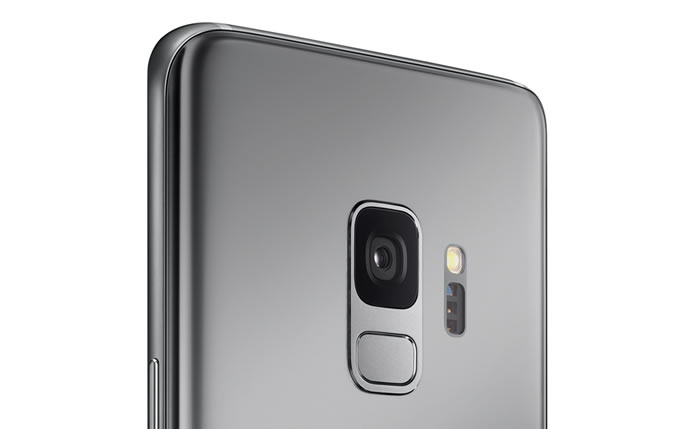
At f/1.5, the Galaxy S9’s 12-megapixel camera should be capable of letting way more light in than virtually any other smartphone camera - the iPhone X’s f/1.8 example included. Given how good the Galaxy S8 was in this regard, it’s a pretty safe bet that the S9 camera will cope better than the X in low-light conditions.
The Galaxy S9 will be able to switch to f/2.4 for sharper shots in better lighting. Conversely, the iPhone X has two distinct lenses, and one of those offers a physical zoom effect that the Galaxy S9 lacks. Only the S9+ has a similar dual-lens setup.
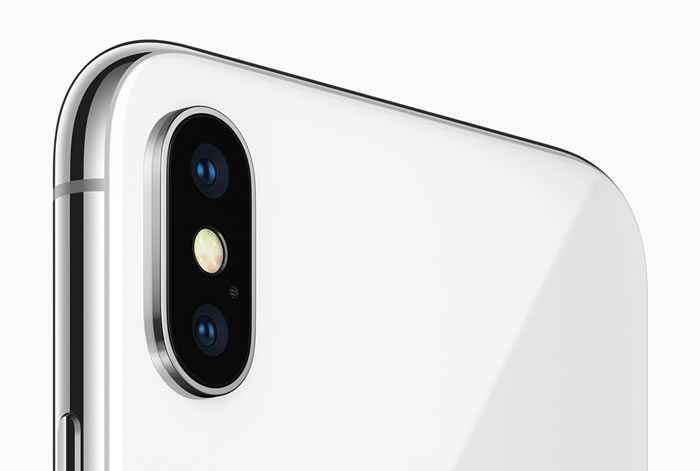
When it comes to video, the S9 has the interesting ability of being able to record Super Slow-mo 960 fps video at 720p. The iPhone X, by contrast, can only offer 240 fps - albeit at a much sharper 1080p.
The Galaxy S9 would appear to have a slightly sharper front-facing camera - 8MP versus 7MP for the X - but the iPhone’s selfie cam is part of an array of sensors that can create a 3D map of your face for Animoji and Face ID. The Galaxy S9 appears set to emulate this with an algorithm-driven 2D alternative.
Battery life, memory and connectivity
Samsung Galaxy S9 (64GB 4G) vs iPhone X (64/256GB 4G)
The iPhone X has been found to have a 2716 mAh battery. This might sound small next to the 3,000mAh battery of the Galaxy S9, but again we’re talking apples and oranges here.
Apple’s iOS is known to be generally more energy efficient than Android, while the iPhone X also has a less pixel-dense display.
Given that the iPhone X was generally found to have slightly better battery life than the similarly proportioned Galaxy S8, it would be wrong to assume that more mAh means better battery life here.
Both phones offer wireless charging, though unlike the iPhone X the Galaxy S9 supports PMA as well as WPC (aka Qi).
In terms of storage, the iPhone X comes with either 64 or 256GB, while the Galaxy S9 only offers 64GB in the UK. In certain countries there will be 128GB and 256GB options, but most will need to rely on the Galaxy S9’s microSD slot for up to 400GB of expansion.
Both phones support Wi-Fi, 3G, 4G, Bluetooth 5.0 and NFC.
Price and availability
The iPhone X is available right now and costs £999 up front for the 64GB version, or £1,149 for the 256GB model. Contracts start at around £57 per month with a £99 up front charge.
The Samsung Galaxy S9 is available to pre-order now, with the one and only 64GB (in the UK at least) model costing £739 up front. That’s significantly cheaper than the iPhone X equivalent to the tune of £160, but it also represents a £50 price hike over last year’s Galaxy S8.
Conclusion
The new Samsung Galaxy S9 might not provide the fresh design punch that the iPhone X provides, but let’s not forget that Apple’s all-screen overhaul was badly overdue. Samsung made the shift to a premium all-screen approach years ago.
While the Galaxy S9 feels a little like Samsung is treading water, there’s now a sense of feature parity between these two giant smartphone lines that hasn’t existed for quite some time. While the iPhone X is undoubtedly the more exciting package, we’re looking forward to seeing what the Galaxy S9 and its novel dual-aperture camera has to offer.
Plus, of course, the Galaxy S9 is considerably cheaper.


